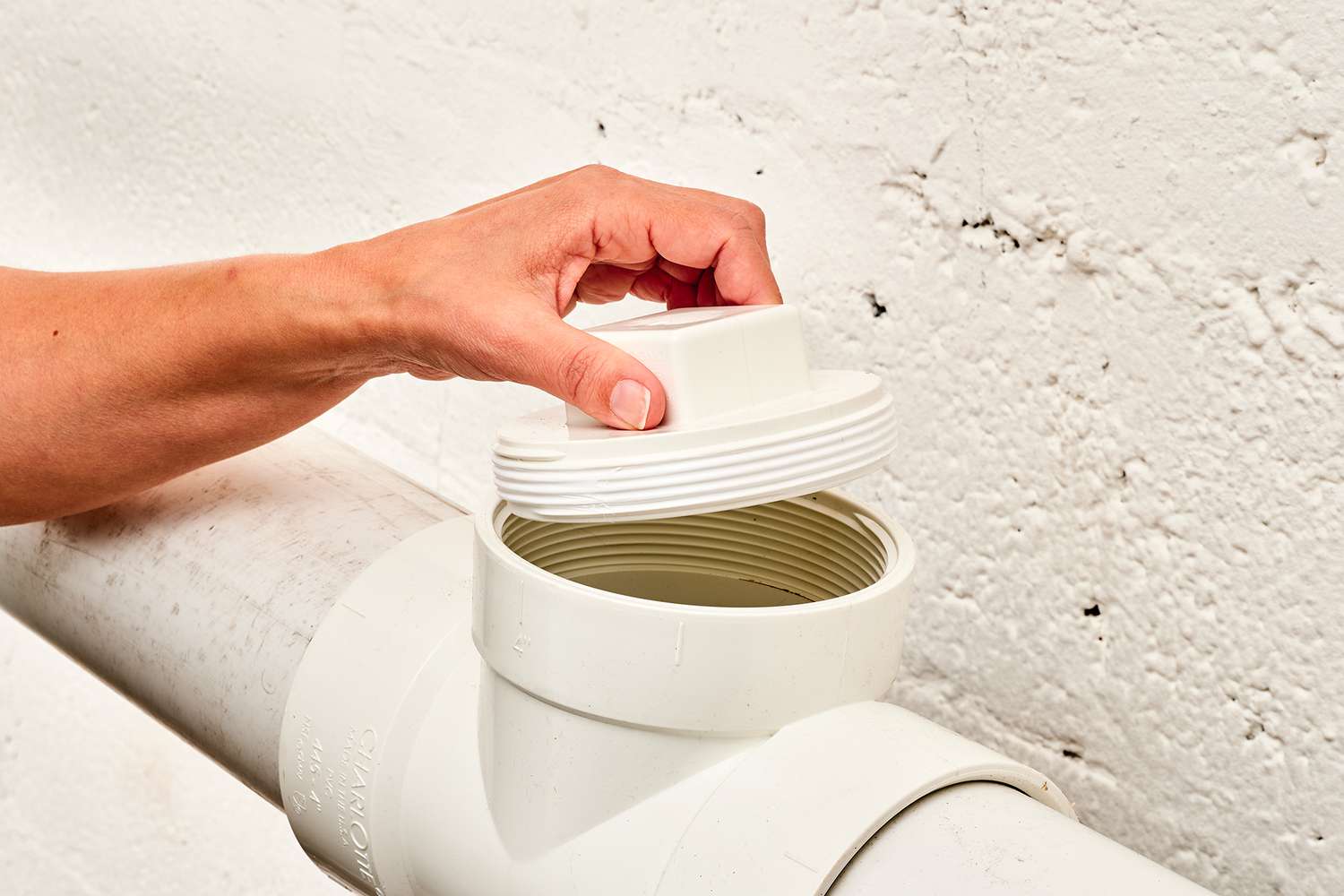

Articles
What Is A Clean Out For Plumbing
Modified: August 28, 2024
Learn about the importance of clean outs for plumbing in this informative article. Discover how they prevent clogs and make maintenance easier.
(Many of the links in this article redirect to a specific reviewed product. Your purchase of these products through affiliate links helps to generate commission for Storables.com, at no extra cost. Learn more)
Introduction
Plumbing clean outs are an essential component of any plumbing system. They serve an important purpose in maintaining the overall health and functionality of your plumbing system. Whether you’re a homeowner or a business owner, understanding what a plumbing clean out is and its importance can help you when it comes to plumbing maintenance and troubleshooting.
A plumbing clean out is a capped pipe that provides access to your plumbing system’s main sewer line. It is typically located either outside your property or in the basement near the foundation. The clean out is designed to allow plumbers easy access to your sewer line so they can clear any clogs or blockages that may be affecting your drainage system.
The main purpose of a plumbing clean out is to provide a convenient access point for plumbers to inspect and clean your sewer line. Over time, debris, grease, and other materials can build up in your pipes, leading to blockages and restricted flow. The clean out allows plumbers to remove these blockages and ensure that your plumbing system is running smoothly.
A typical plumbing clean out consists of a pipe that has a removable cap on top. This cap can be unscrewed or lifted to access the sewer line. Inside the clean out, you may find a Y-shaped fitting that serves as a junction point for the sewer line and the clean out pipe.
Installing a plumbing clean out requires proper planning and consideration. It is typically done during the initial plumbing installation or when performing major renovations. Plumbers will determine the most suitable location for the clean out based on factors such as accessibility, proximity to the main sewer line, and potential future expansions.
There are several benefits to having a plumbing clean out in your system. Firstly, it allows for easier maintenance and troubleshooting. If you ever experience a blockage or slow drainage, plumbers can quickly access the clean out and inspect the sewer line without needing to dig up your entire yard or disrupt your property.
In addition, a plumbing clean out can help prevent potential damage to your property. If left unaddressed, clogs and blockages can put excess pressure on the pipes, leading to cracks or leaks. By having a clean out, plumbers can address these issues promptly and prevent costly repairs or water damage.
In the next sections, we will explore the signs that indicate you may need a plumbing clean out, how to use a clean out, maintenance and care tips, and common issues associated with plumbing clean outs. By understanding these aspects, you can keep your plumbing system in top shape and avoid any major plumbing disasters.
Key Takeaways:
- Plumbing clean outs are essential for easy access to the main sewer line, allowing for efficient maintenance, troubleshooting, and prevention of potential damage to your property. Regular care and proactive repairs can save time and money in the long run.
- Recognizing signs that indicate the need for a plumbing clean out, such as slow drains and foul odors, is crucial for addressing issues before they escalate. Proper usage and maintenance of the clean out can help maintain a smoothly running plumbing system.
Read more: How To Clean Plumbing Pipes
Definition of a Plumbing Clean Out
A plumbing clean out, also known as a sewer clean out, is a crucial component of a plumbing system that provides access to the main sewer line. It is a strategically placed pipe with a removable cap that allows plumbers to easily access and clean out the sewer line when necessary.
When wastewater and sewage flow out of your property, they typically pass through a series of pipes that make up your plumbing system. These pipes connect to the main sewer line, which carries the waste away to a larger municipal sewer or septic tank. Over time, debris, grease, hair, and other materials can accumulate in the pipes, leading to clogs and blockages.
A plumbing clean out acts as a point of entry for plumbers to access the sewer line and remove any obstructions that may be hindering proper drainage. The clean out is usually located near the property’s foundation or in an easily accessible exterior area.
The clean out pipe itself is typically a vertical pipe that connects directly to the main sewer line. It is designed with a removable cap or plug, allowing plumbers to open it and insert special tools or equipment to clear the blockage. The clean out is usually equipped with threads or a snap-on mechanism to secure the cap, ensuring a tight seal when closed.
Plumbing clean outs are often required by building codes and regulations, as they are essential for maintaining a properly functioning plumbing system. They provide plumbers with a convenient access point to diagnose and resolve sewer line issues efficiently without causing extensive disruption or damage to your property.
The size and design of a plumbing clean out can vary depending on the specific needs of the plumbing system. Residential clean outs are typically smaller in diameter compared to commercial or industrial clean outs. The position and number of clean outs required also depend on the layout and size of the plumbing system.
Overall, a plumbing clean out is a vital component of any plumbing system, providing an access point to the sewer line for easy cleaning and maintenance. It plays a crucial role in keeping your plumbing system functioning properly and preventing costly plumbing emergencies.
Purpose of a Plumbing Clean Out
The plumbing clean out serves several important purposes within a plumbing system. Its main purpose is to provide a convenient access point for plumbers to inspect, clean, and maintain the main sewer line. Let’s explore the key purposes of a plumbing clean out in more detail:
- Clearing clogs and blockages: Over time, debris, grease, and other materials can accumulate in the sewer line, leading to clogs and blockages. The clean out allows plumbers to easily access the sewer line and use specialized tools to remove the obstructions, restoring proper flow.
- Maintenance and inspection: Regular maintenance and inspection of the sewer line are crucial to prevent major plumbing issues. With the clean out, plumbers can easily access the sewer line to perform routine maintenance tasks, such as hydro jetting to remove buildup or using video cameras to inspect the condition of the pipes.
- Troubleshooting: If you’re experiencing recurring drain backups or slow drainage, a plumbing clean out provides an entry point for plumbers to investigate the issue. They can use the clean out to determine the source of the problem and implement appropriate solutions.
- Preventing property damage: A blocked sewer line can cause wastewater to back up into your property, resulting in unpleasant odors, water damage, and potential health risks. By having a clean out, plumbers can quickly address blockages before they lead to more extensive damage, saving you from costly repairs.
- Future expansions or upgrades: Plumbing clean outs are also valuable for future expansions or upgrades to your plumbing system. If you plan on adding additional fixtures or making modifications to your plumbing, having existing clean outs makes the process easier and more cost-effective.
The purpose of a plumbing clean out extends beyond just clearing blockages. It allows for efficient maintenance, troubleshooting, and prevention of plumbing issues. By ensuring that your plumbing system has a properly installed clean out, you can avoid major disruptions, protect your property, and maintain the longevity of your plumbing system.
Components of a Plumbing Clean Out
A plumbing clean out consists of several components that work together to provide easy access to the main sewer line for maintenance and cleaning purposes. Let’s take a closer look at the key components of a plumbing clean out:
- Clean Out Pipe: The clean out pipe is a vertical pipe that connects directly to the main sewer line. It serves as the entry point for plumbers to access the sewer line and remove any obstructions. The size and material of the clean out pipe can vary depending on the specific plumbing system and building codes.
- Removable Cap or Plug: The clean out pipe is equipped with a removable cap or plug to secure the opening when not in use. The cap is typically threaded or snap-on, providing a tight seal to prevent leaks and odors. This removable cap allows plumbers easy access to the sewer line for maintenance or clearing blockages.
- Clean Out Cover: Some plumbing clean outs may have a cover or lid that sits on top of the clean out pipe, providing additional protection and aesthetic appeal. The cover is typically made of durable material, such as plastic or metal, and can be easily removed to access the clean out pipe.
- Y-Shaped Fitting: Inside the clean out pipe, you may find a Y-shaped fitting called a wye or sanitary tee. This fitting serves as a junction point for the sewer line and the clean out pipe. It allows wastewater and debris to flow through the sewer line while providing an access point for maintenance.
- Sealing Material: To ensure a tight seal and prevent leaks, plumbers may use sealing materials such as plumber’s putty or pipe thread seal tape when installing or removing the clean out cap. These sealing materials help maintain the integrity of the clean out and prevent any wastewater or foul odors from escaping.
- PVC or Cast Iron Materials: Clean out pipes are typically made of either PVC (polyvinyl chloride) or cast iron. PVC is a popular choice in modern plumbing systems due to its durability, affordability, and ease of installation. Cast iron is another common material used in older plumbing systems and provides excellent strength and longevity.
It’s important to note that the specific components and design of a plumbing clean out may vary depending on the plumbing system and local building codes. Consulting with a professional plumber is recommended to ensure proper installation and adherence to regulations.
Understanding the components of a plumbing clean out can help you comprehend how it functions and how to properly care for and maintain it. By keeping these components in good condition, you can ensure that your plumbing clean out serves its purpose effectively in providing easy access to your sewer line for maintenance and troubleshooting.
Installation of a Plumbing Clean Out
The installation of a plumbing clean out is a critical step in ensuring the accessibility and functionality of your sewer line. While the specific installation process may vary depending on factors such as the type of plumbing system and local building codes, here are some general guidelines to consider:
- Assess Your Plumbing System: Before proceeding with the installation, it’s essential to assess your plumbing system and determine the most suitable location for the clean out. Factors to consider include accessibility, proximity to the main sewer line, and any potential future expansions or renovations that may require additional clean outs.
- Obtain Permits: In many jurisdictions, installing a plumbing clean out requires obtaining permits from the local building department. Check with your local authorities to ensure you are compliant with regulations and obtain the necessary permits before starting the installation process.
- Digging the Trench: Begin by digging a trench that leads from the sewer line to the desired location of the clean out. The trench should be deep enough to accommodate the clean out pipe, typically around 18 to 24 inches deep. Ensure that the trench slopes downward towards the main sewer line for proper drainage.
- Prepare the Clean Out Pipe: Choose the appropriate type and size of clean out pipe for your plumbing system. PVC is commonly used for residential installations due to its durability and ease of installation. Ensure that the clean out pipe is long enough to extend above ground level in the desired location.
- Connect to the Sewer Line: Use a Y-shaped fitting or a sanitary tee to connect the clean out pipe to the main sewer line. This junction should be securely connected to prevent leaks or separations. It’s recommended to use suitable adhesive or couplings specified for the type of pipe being used.
- Secure the Clean Out Cap: Attach a removable cap or plug to the clean out pipe. Apply plumber’s putty or pipe thread seal tape to the threads to ensure a tight seal when the cap is screwed or snapped on. This will prevent any leaks or odors from escaping and maintain the integrity of the clean out.
- Backfill and Compact the Trench: Carefully backfill the trench around the clean out pipe, ensuring that the pipe remains straight and level. Compact the soil gently with a tamper to prevent settling. Additionally, consider marking the location of the clean out for easy identification in the future.
It’s important to note that the installation process may require the skills and expertise of a professional plumber. If you’re unsure or uncomfortable with any aspect of the installation, it’s always best to seek the assistance of a licensed plumber to ensure a proper and compliant installation.
By following proper installation procedures, you can ensure that your plumbing clean out is correctly installed and provides easy access to your sewer line for maintenance and troubleshooting purposes. Remember to comply with local regulations and seek professional guidance if needed to ensure the installation is done safely and effectively.
Read more: How To Flush Out Plumbing Pipes
Benefits of a Plumbing Clean Out
A plumbing clean out offers numerous benefits for homeowners and property owners. By providing easy access to the main sewer line, it simplifies maintenance, troubleshooting, and repairs. Let’s explore some of the key benefits of having a plumbing clean out:
- Easier Maintenance and Cleaning: With a plumbing clean out, plumbers can quickly access the sewer line for regular maintenance tasks like clearing out debris, removing blockages, and performing inspections. This accessibility saves time and effort, making it easier to keep your plumbing system in good condition.
- Efficient Troubleshooting: When you experience plumbing issues such as slow drains or recurring clogs, a clean out provides plumbers with a point of entry to diagnose and locate the problem efficiently. They can use specialized tools and cameras to identify the cause of the issue and implement necessary repairs promptly.
- Prevention of Potential Damage: Clogs and blockages in the sewer line can lead to wastewater backups, which can damage your property and pose health hazards. By having a clean out, plumbers can quickly address blockages before they escalate, preventing costly repairs and potential water damage.
- Cost-effective Solutions: Detecting and resolving plumbing issues early can save you money in the long run. By having a clean out, plumbers can efficiently locate and solve problems without the need for extensive digging or invasive methods. This allows for targeted repairs, reducing the overall cost of plumbing maintenance.
- Flexibility for Future Upgrades: If you plan on expanding or upgrading your plumbing system in the future, having a clean out already in place saves time and money. It provides convenient access to the main sewer line for connecting new fixtures or making modifications without disrupting the entire plumbing system.
- Avoidance of Unpleasant Odors: Wastewater backups can cause foul odors inside your property. By promptly removing blockages through the clean out, you can prevent unpleasant odors and maintain a fresh and sanitary environment.
- Compliance with Building Codes: Many building codes and regulations require the installation of plumbing clean outs. By having a clean out in your plumbing system, you ensure compliance with local codes and avoid potential penalties or complications during property inspections or resale.
In summary, the benefits of having a plumbing clean out range from easier maintenance and troubleshooting to prevention of property damage and cost-effective solutions. It provides peace of mind, saves time and money, and ensures the efficient functioning of your plumbing system.
Consult with a professional plumber to determine the best location and design for a clean out in your specific plumbing system. They can provide expert advice and ensure that your clean out meets all necessary requirements for optimal performance and compliance with local regulations.
A clean out for plumbing is a access point in the sewer line that allows for easy cleaning and maintenance. It’s typically located near the property line or at the lowest point in the plumbing system. Regularly checking and cleaning the clean out can help prevent clogs and backups in the sewer line.
Signs That You Need a Plumbing Clean Out
Recognizing the signs that indicate you may need a plumbing clean out is crucial for maintaining a properly functioning plumbing system. Here are some common signs that suggest it’s time to consider a clean out:
- Slow Drains: If you notice multiple drains in your home or business that are slow to empty, it could be a sign of a blockage in the main sewer line. A clean out allows plumbers to access the sewer line and remove any obstructions that could be causing the slow drainage.
- Repeated Clogs: If you constantly experience clogged drains despite attempting to clear them with drain cleaners or plungers, it may indicate a deeper issue in the sewer line. A clean out can provide plumbers with easy access to the line and allow them to fully clear any stubborn clogs.
- Gurgling Noises: Unusual gurgling sounds coming from your drains or toilets can indicate a blockage in the sewer line. These sounds occur when air bubbles are trapped due to restricted flow. A plumbing clean out can help address the underlying issue and restore proper drainage.
- Foul Odors: Persistent unpleasant odors coming from your drains or in specific areas of your property may indicate sewer line issues. Odors can result from wastewater backing up due to a blockage. A clean out enables plumbers to remove the obstruction and eliminate the source of the odor.
- Water Backups: One of the clearest signs of a sewer line issue is water backups in sinks, bathtubs, or toilets. If wastewater starts to come back up into your fixtures or drains, it’s essential to address the problem promptly. A clean out allows plumbers to quickly identify and clear the blockage causing the backups.
- Foundation Cracks or Settling: If you notice cracks in your foundation or signs of settling, it could indicate that a sewer line issue is causing the soil to shift. A clean out allows plumbers to inspect the sewer line and determine if any leaks or blockages are affecting the stability of your foundation.
- Increased Pest Activity: A sudden increase in pest activity, such as roaches or sewer flies, could point to a sewer line problem. Pest infestations can occur when there are leaks or openings in the sewer line that attract unwanted critters. A clean out allows plumbers to identify and address any issues that are attracting pests.
If you’re experiencing any of these signs, it’s recommended to contact a professional plumber to assess your plumbing system. They can determine if a clean out is necessary and address any underlying issues to restore proper functioning.
Keep in mind that prevention is key when it comes to maintaining a healthy plumbing system. Regular maintenance and inspections, including utilizing the clean out, can help you identify and resolve issues before they escalate into costly repairs or emergencies.
How to Use a Plumbing Clean Out
Knowing how to properly use a plumbing clean out can help you address minor blockages and maintain the optimal functionality of your plumbing system. Here is a step-by-step guide on how to use a plumbing clean out:
- Locate the Clean Out: The first step is to locate the plumbing clean out. It is typically a capped pipe either located outside your property or in the basement near the foundation. The clean out is easily identifiable by its removable cap or plug.
- Remove the Clean Out Cap: Unscrew or lift the clean out cap or plug to access the clean out pipe. Use a wrench or pliers if necessary but be cautious not to damage the cap or the surrounding area.
- Inspect the Clean Out Pipe: Take a moment to visually inspect the clean out pipe. Look for any signs of blockages, debris, or buildup inside the pipe. If you notice any significant obstructions that you are unable to remove yourself, it’s best to call a professional plumber for assistance.
- Use a Drain Snake or Auger: If you have a minor blockage, you can attempt to clear it using a drain snake or auger. Insert the end of the snake into the clean out pipe and slowly push it further into the sewer line. Rotate the snake clockwise as you push to help break up the blockage. If you encounter resistance, gently push and pull the snake to dislodge the obstruction.
- Flush with Water: After using the snake or auger, flush the clean out pipe with water to help clear any remaining debris. You can use a garden hose or pour a bucket of water into the clean out to create enough pressure to flush the line. Repeat the process several times if needed.
- Replace the Clean Out Cap: Once you have cleared the blockage and flushed the pipe, securely replace the clean out cap or plug. Ensure the cap is tightly screwed or snapped on to create a proper seal. This will prevent any leaks or odors from escaping and maintain the integrity of the clean out.
It’s important to note that while you can attempt to clear minor blockages yourself, more significant clogs or persistent issues may require the expertise of a professional plumber. Additionally, if you are unsure about using a drain snake or auger, it’s best to consult a professional to avoid causing further damage to your pipes.
Regular preventive measures like using drain strainers to catch debris, avoiding pouring grease down the drain, and scheduling routine plumbing maintenance can help minimize the need for extensive clean out usage. Remember, proper maintenance and timely intervention can keep your plumbing system running smoothly.
Maintenance and Care of a Plumbing Clean Out
Maintaining and caring for your plumbing clean out is essential to ensure its longevity and proper functionality. This regular maintenance helps prevent clogs, blockages, and other plumbing issues. Here are some key tips for maintaining and caring for your plumbing clean out:
- Regular Inspections: Schedule periodic inspections of your plumbing clean out to check for any signs of damage, leaks, or buildup. Look for cracks or deteriorating seals on the cap or pipe. If you notice any issues, contact a professional plumber to assess and repair the clean out promptly.
- Keep the Area Clear: Maintain a clear and unobstructed area around your plumbing clean out. Avoid placing objects or piling debris near the clean out pipe, as this can impede access and make it challenging for plumbers to perform maintenance or repairs when needed.
- Preventive Measures: Take preventive measures to minimize the chances of blockages or debris entering your plumbing system. Use drain strainers or screens in sinks and showers to catch hair, food particles, and other debris before they enter the sewer line. Proper disposal of grease, oil, and other materials is also crucial to prevent buildup in the pipes.
- Regular Flushing: Flush the clean out pipe with water periodically to clear any accumulated debris. Use a garden hose or pour a bucket of water into the clean out, allowing it to flow through the sewer line. This helps maintain a clean and clear pathway for wastewater to flow.
- Periodic Cleanings: Consider scheduling periodic professional cleanings of your plumbing system, including the sewer line and the clean out. Plumbers can use methods like hydro jetting to remove stubborn blockages and buildup, ensuring optimal flow and preventing major plumbing issues.
- Proactive Repairs: If you notice any issues with your plumbing system, such as slow drains or foul odors, address them promptly. Ignoring these signs can lead to more significant issues in the future. Contact a professional plumber to diagnose and repair any problems that may be affecting the clean out or sewer line.
- Protect the Clean Out Cap: Ensure that the clean out cap or plug is securely in place at all times. This helps maintain a proper seal and prevents leaks or odors from escaping. Avoid overtightening the cap, as it may become difficult to remove during maintenance or cleaning.
It’s important to note that while you can perform some maintenance tasks yourself, such as flushing the clean out with water, more complex issues or repairs should be handled by a professional plumber. Regular professional inspections and cleanings are also recommended to ensure the optimal performance and longevity of your plumbing system.
By following these maintenance and care tips, you can keep your plumbing clean out in good condition, minimize the risk of blockages, and maintain a smoothly functioning plumbing system. Remember, a proactive approach to maintenance can save you time, money, and the inconvenience of major plumbing emergencies.
Read more: What Is Plumbing?
Common Issues with Plumbing Clean Outs
While plumbing clean outs are designed to provide easy access to the sewer line and help maintain a properly functioning plumbing system, they can also experience certain issues over time. Understanding these common issues can help you identify and address problems promptly. Here are some of the most common issues with plumbing clean outs:
- Blockages and Clogs: Blockages and clogs can occur within the plumbing clean out itself or in the sewer line that it connects to. This can happen due to the accumulation of debris, grease, hair, or other materials. Regular maintenance and cleaning of the clean out can minimize the risk of blockages.
- Damaged or Missing Caps: The cap or plug of the clean out may become damaged, worn out, or go missing over time. This can lead to leaks, odors, and potential contaminants entering the plumbing system. It’s important to replace or repair the clean out cap promptly to maintain a tight seal.
- Cracks or Leaks: The clean out pipe or its fittings can develop cracks or start leaking due to age, pressure, or external damage. These cracks can allow wastewater to seep out, potentially causing water damage, foul odors, and even foundation issues. Professional repair or replacement may be necessary to address these issues.
- Improper Placement: If a plumbing clean out is not properly placed during installation, it may be difficult for plumbers to access or use. This can hinder maintenance and repairs, leading to more extensive issues. In such cases, repositioning or installing additional clean outs may be necessary.
- Tree Root Intrusion: Tree roots can infiltrate sewer lines and cause blockages, including at the clean out. The root intrusion can lead to cracked pipes, leaks, and restricted flow. Professional root removal and repair are usually required to mitigate the issue and prevent further damage.
- Deterioration of Materials: Over time, the materials used in the clean out, such as PVC or cast iron, can deteriorate due to exposure to chemicals, climate conditions, or age. This deterioration can weaken the clean out and lead to cracks, leaks, or overall system failure. Proper maintenance and periodic inspections can help identify deterioration early on.
- Inadequate Clean Out Access: If the clean out is located in an inaccessible area or buried beneath obstructions, it can be challenging for plumbers to perform maintenance or repairs efficiently. In such cases, modifications to the plumbing system or the clean out’s location may be necessary.
If you encounter any of these common issues with your plumbing clean out, it’s crucial to consult with a professional plumber. They can assess the situation, identify the root cause of the problem, and recommend the appropriate repairs or maintenance needed to ensure the optimal performance of your plumbing system.
Remember, regular maintenance, prompt repairs, and professional guidance are essential for keeping your plumbing clean out in good condition and preventing or addressing any potential issues that may arise.
Conclusion
A plumbing clean out is a crucial component of any plumbing system, providing easy access to the main sewer line for maintenance, troubleshooting, and repairs. By understanding the definition, purpose, components, installation process, benefits, and maintenance of a plumbing clean out, you can ensure the optimal functionality of your plumbing system and prevent major plumbing issues.
The clean out serves as an entry point for plumbers to clear blockages, inspect the sewer line, and address any issues that may arise. It allows for efficient maintenance, troubleshooting, and prevention of potential damage to your property. Regular inspections, preventive measures, and periodic professional cleanings are key to keeping the clean out in good condition and preventing common issues.
Recognizing the signs that indicate you may need a plumbing clean out, such as slow drains, repeated clogs, or foul odors, allows you to address issues before they escalate. Proper usage of the clean out, such as using drain snakes or augers to clear minor blockages, helps maintain an unobstructed sewer line.
Investing in the installation of a plumbing clean out and ensuring that it is properly positioned in an accessible area provides long-term benefits. It facilitates future expansions or upgrades to your plumbing system, complies with building codes, and enhances the overall functionality of your plumbing system.
In conclusion, understanding the importance of a plumbing clean out and implementing proper maintenance and care can save you time, money, and inconvenience in the long run. By maintaining a well-functioning plumbing system, you can enjoy a stress-free and smoothly running household or business.
Remember, if you have any concerns or need assistance with your plumbing clean out, it’s always best to consult a professional plumber. They have the expertise and knowledge to address any issues and ensure the optimal performance of your plumbing system.
After mastering the essentials of plumbing clean outs, you might wonder how to tackle those stubborn toilet clogs effectively. Our next piece dives into the top clog removers on the market. Whether dealing with a minor annoyance or a major blockage, you'll find tools guaranteed to restore flow swiftly and efficiently. Don't miss out on discovering your ideal solution for a hassle-free bathroom experience.
Frequently Asked Questions about What Is A Clean Out For Plumbing
Was this page helpful?
At Storables.com, we guarantee accurate and reliable information. Our content, validated by Expert Board Contributors, is crafted following stringent Editorial Policies. We're committed to providing you with well-researched, expert-backed insights for all your informational needs.
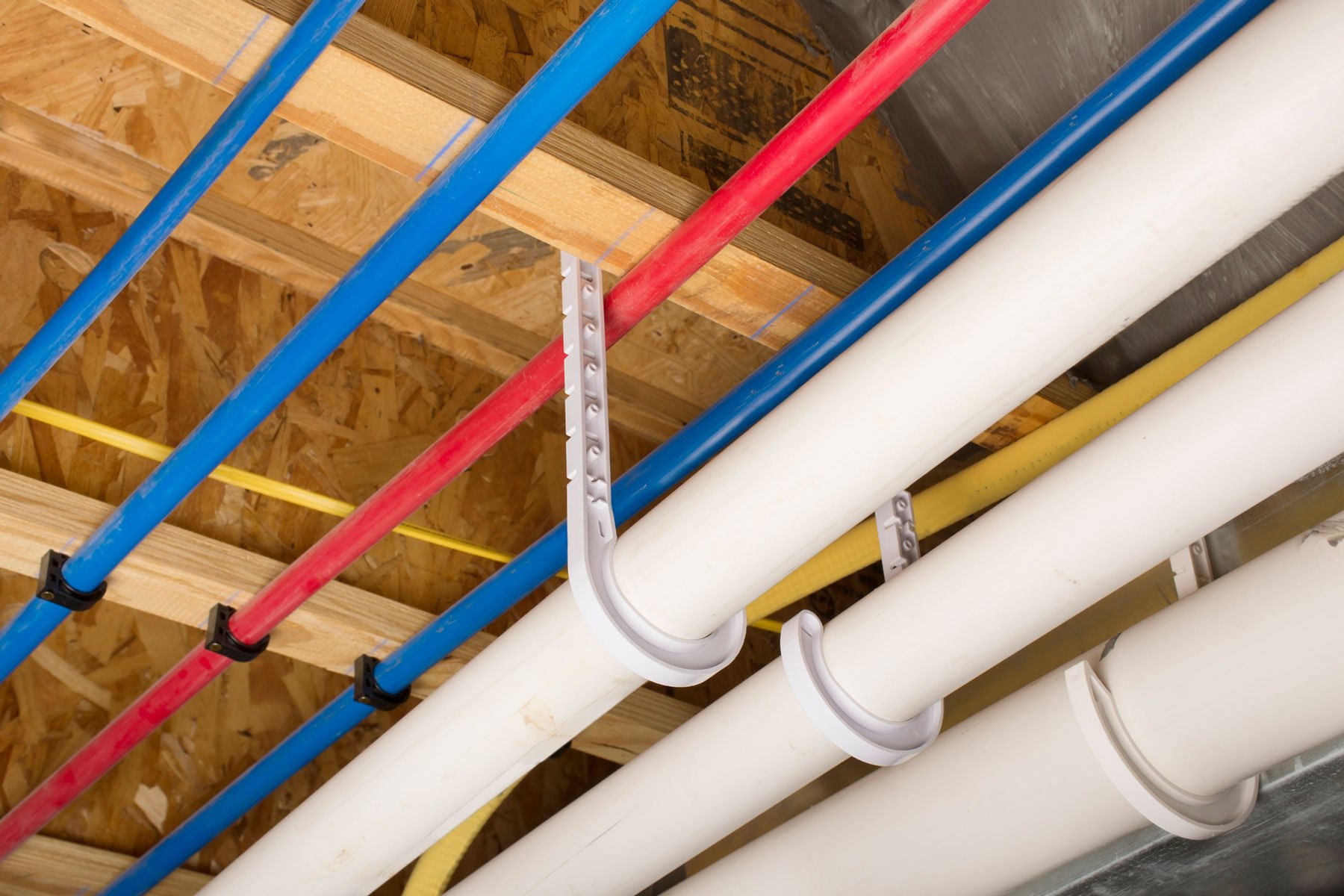
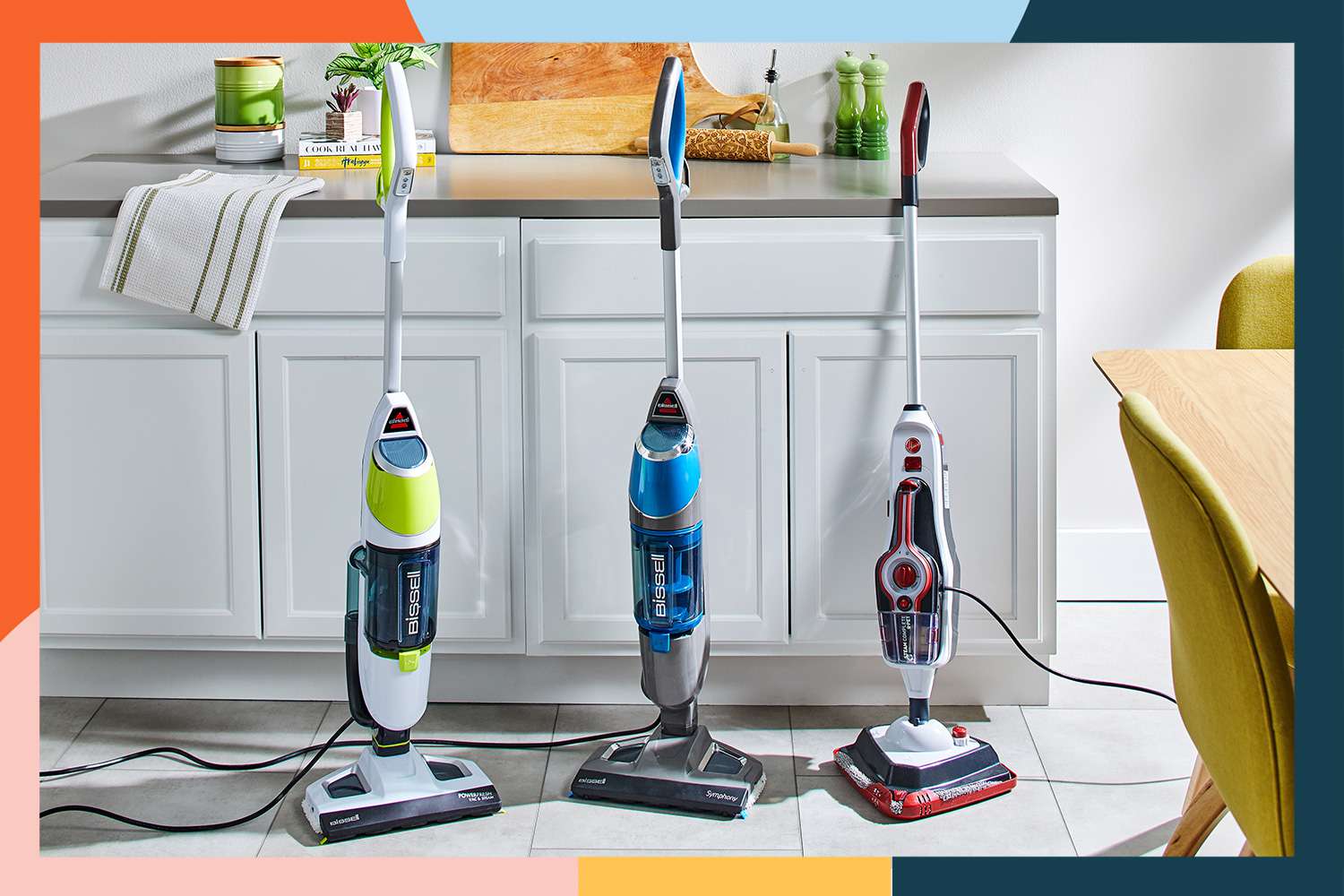

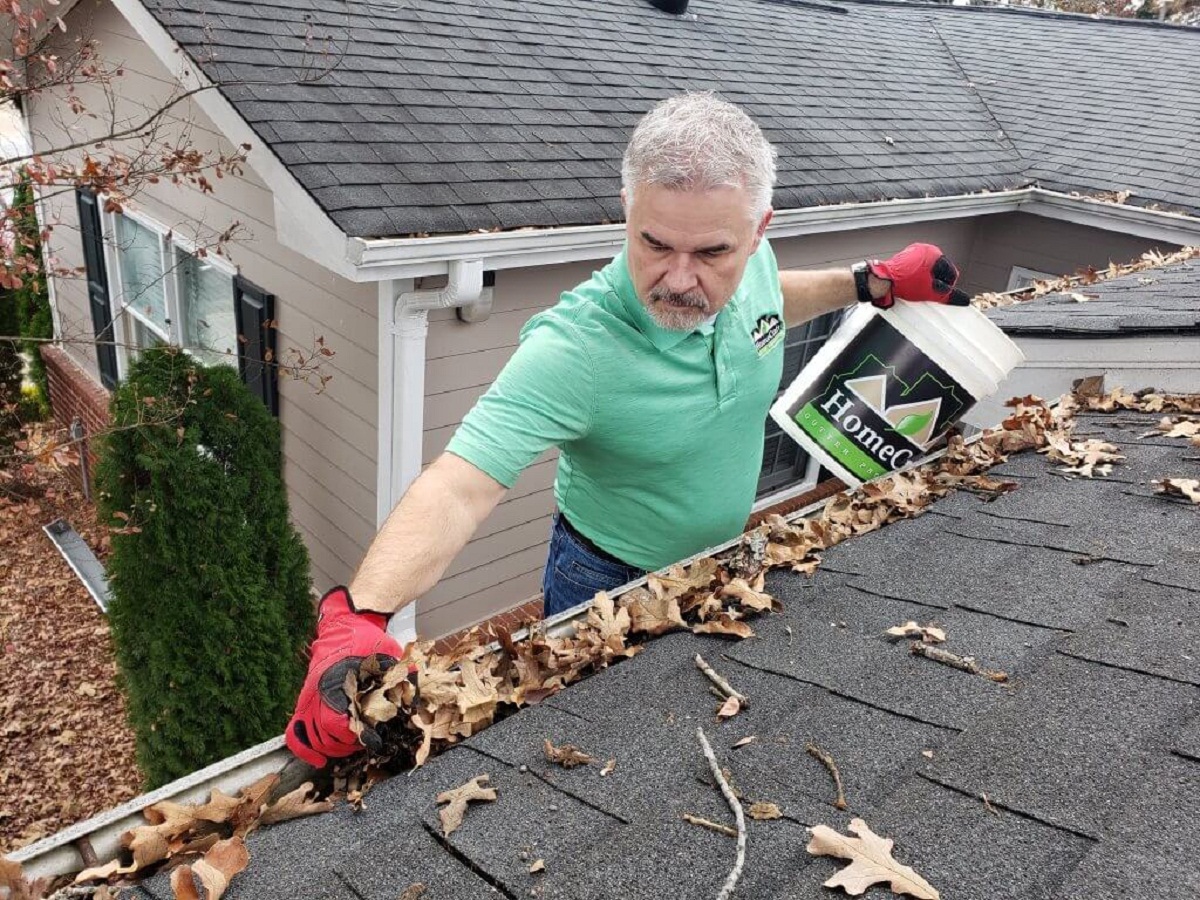
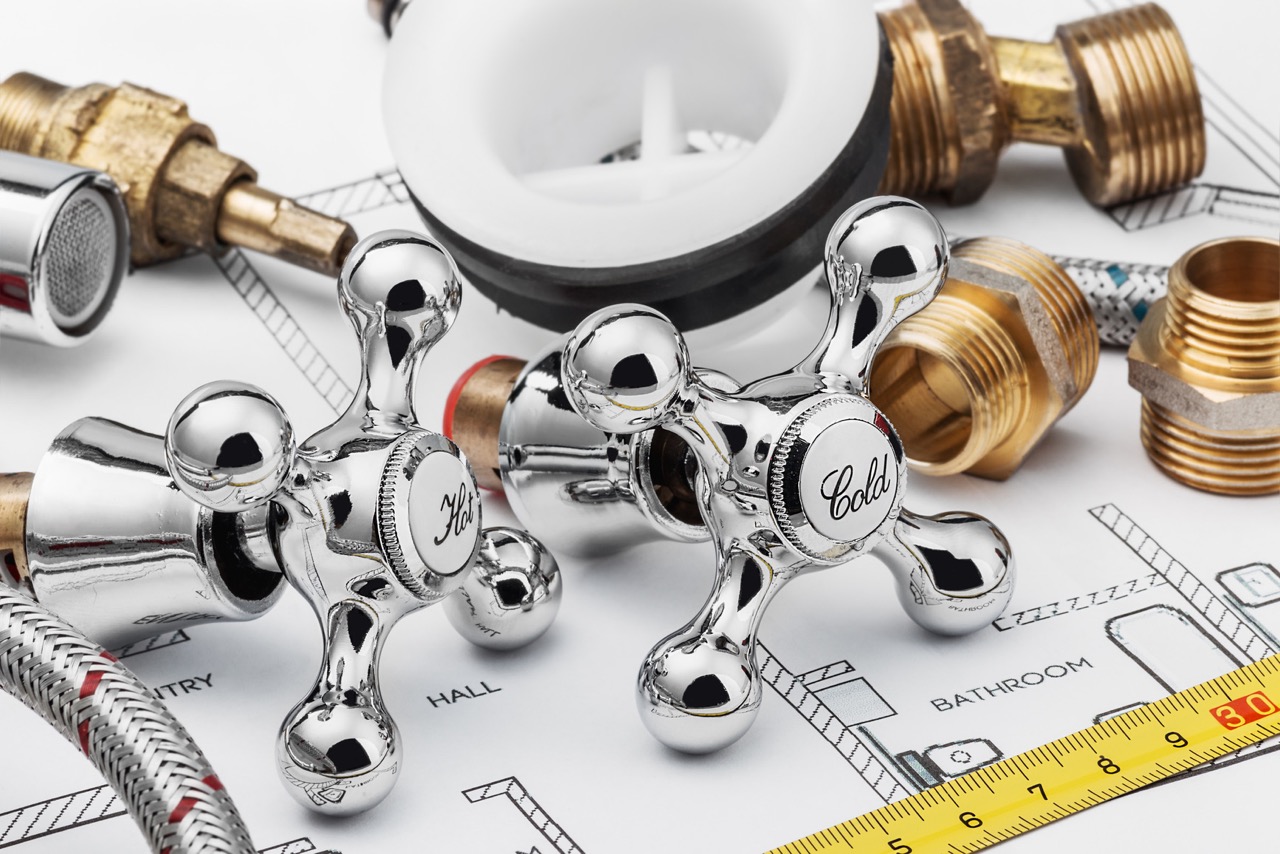
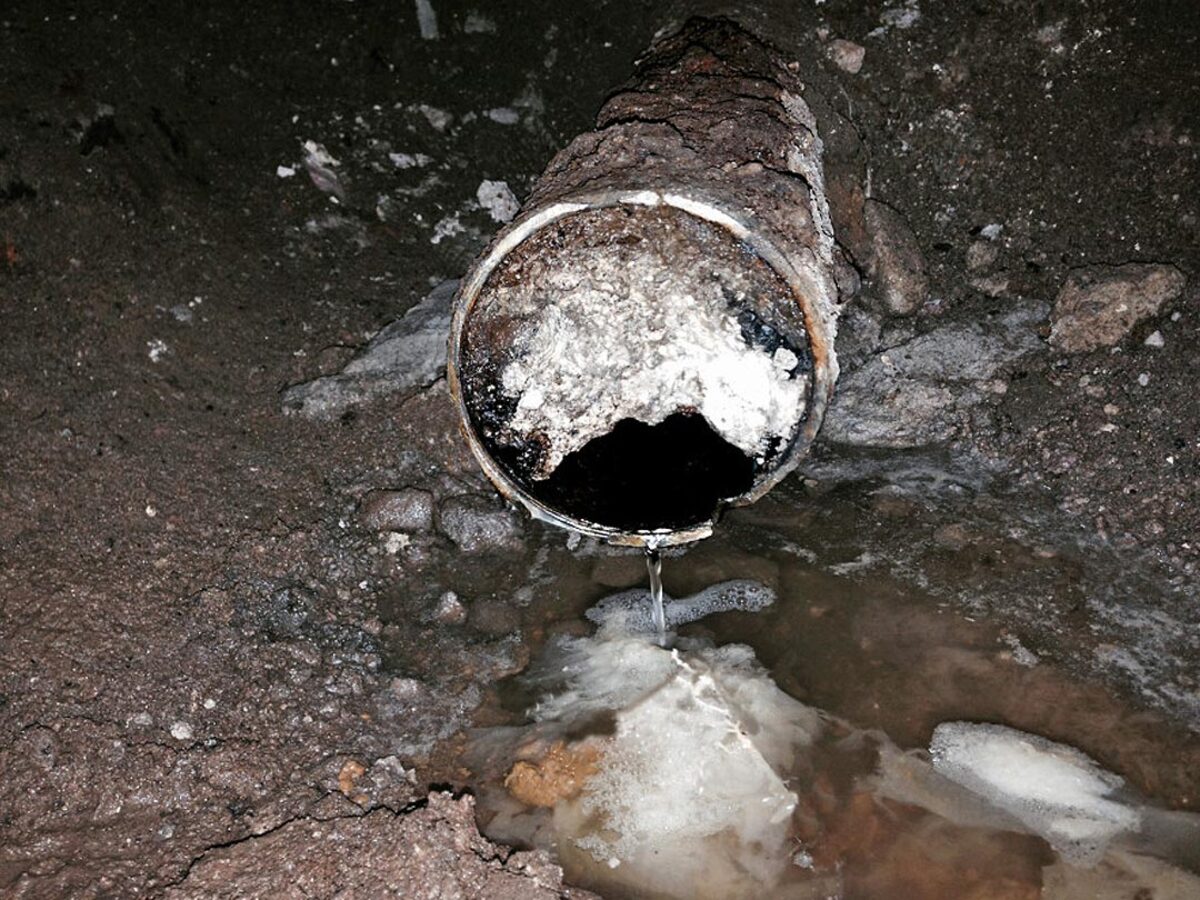
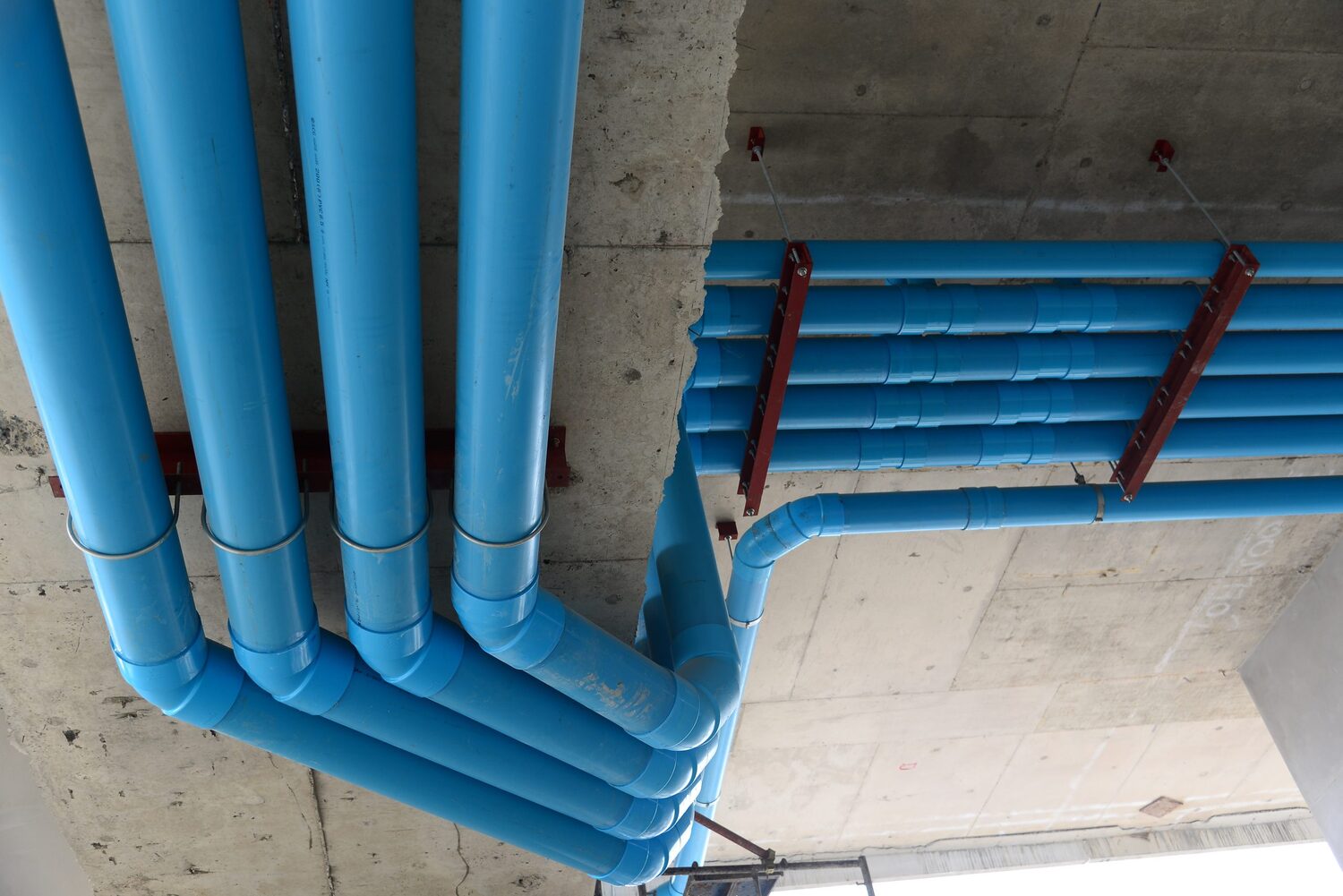
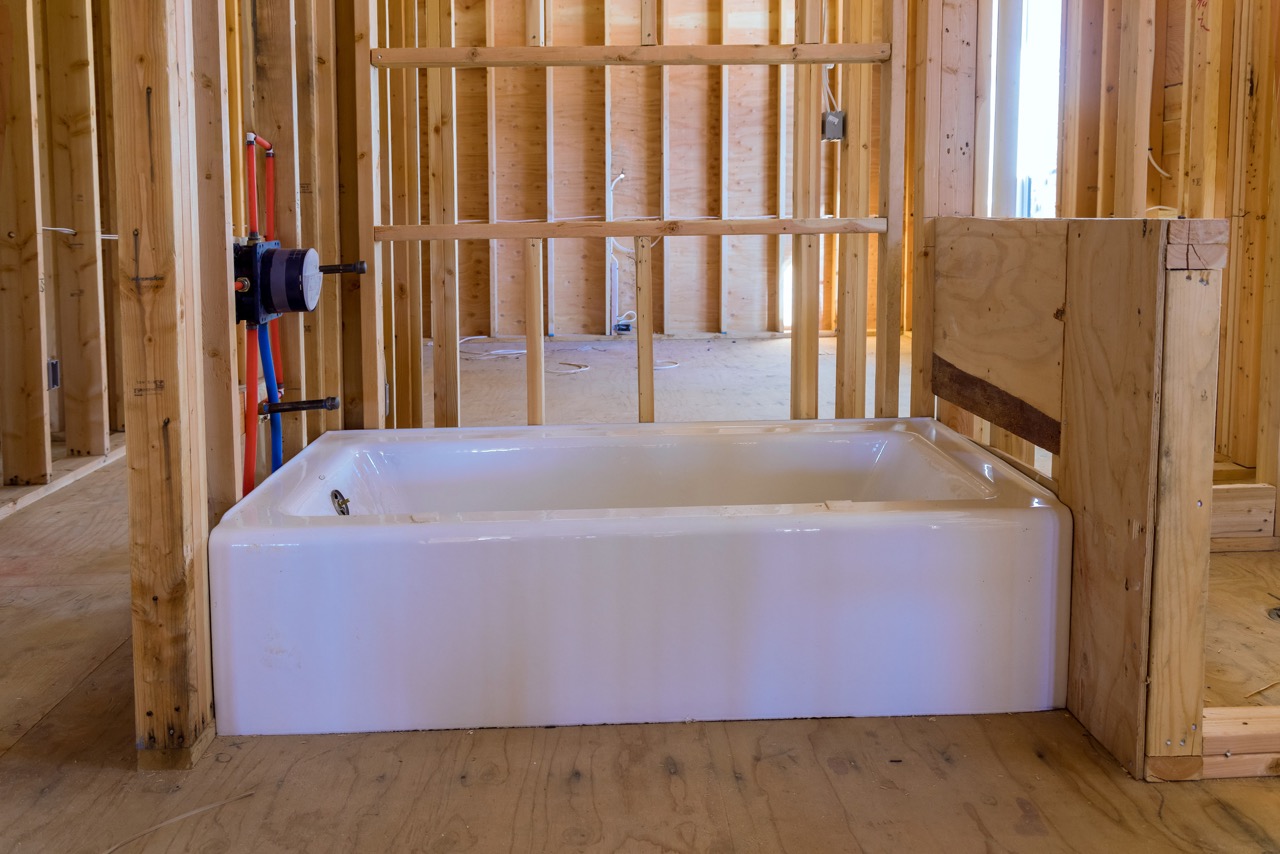
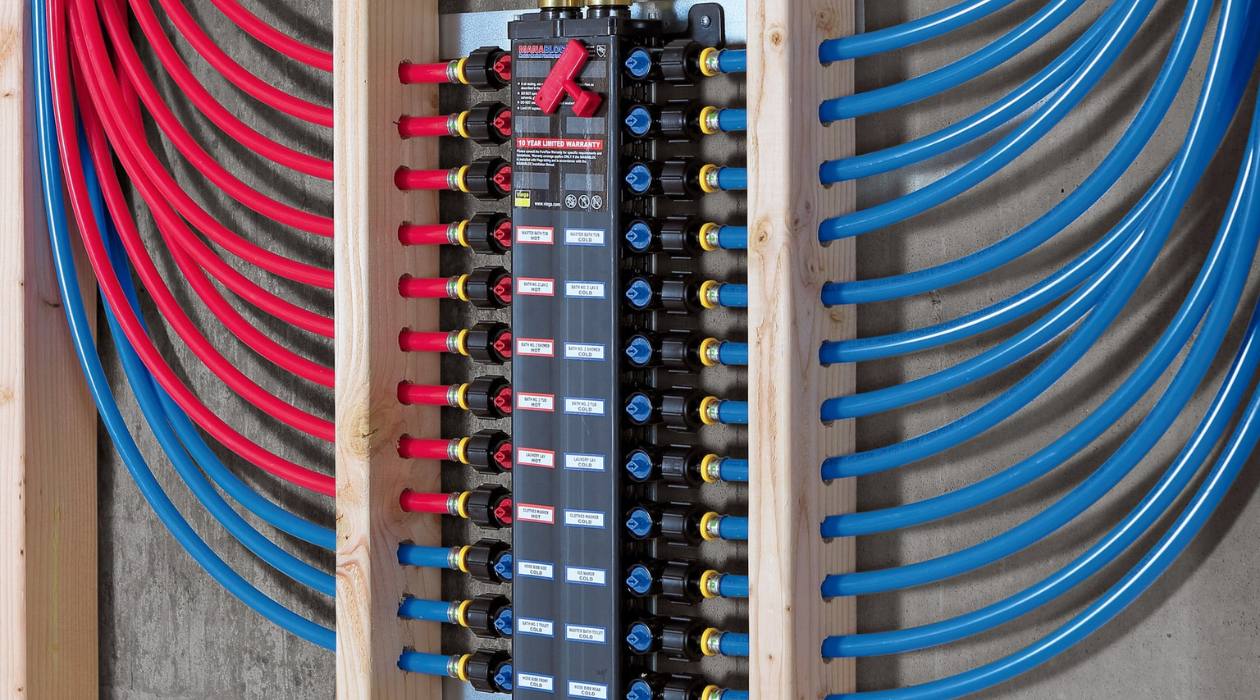
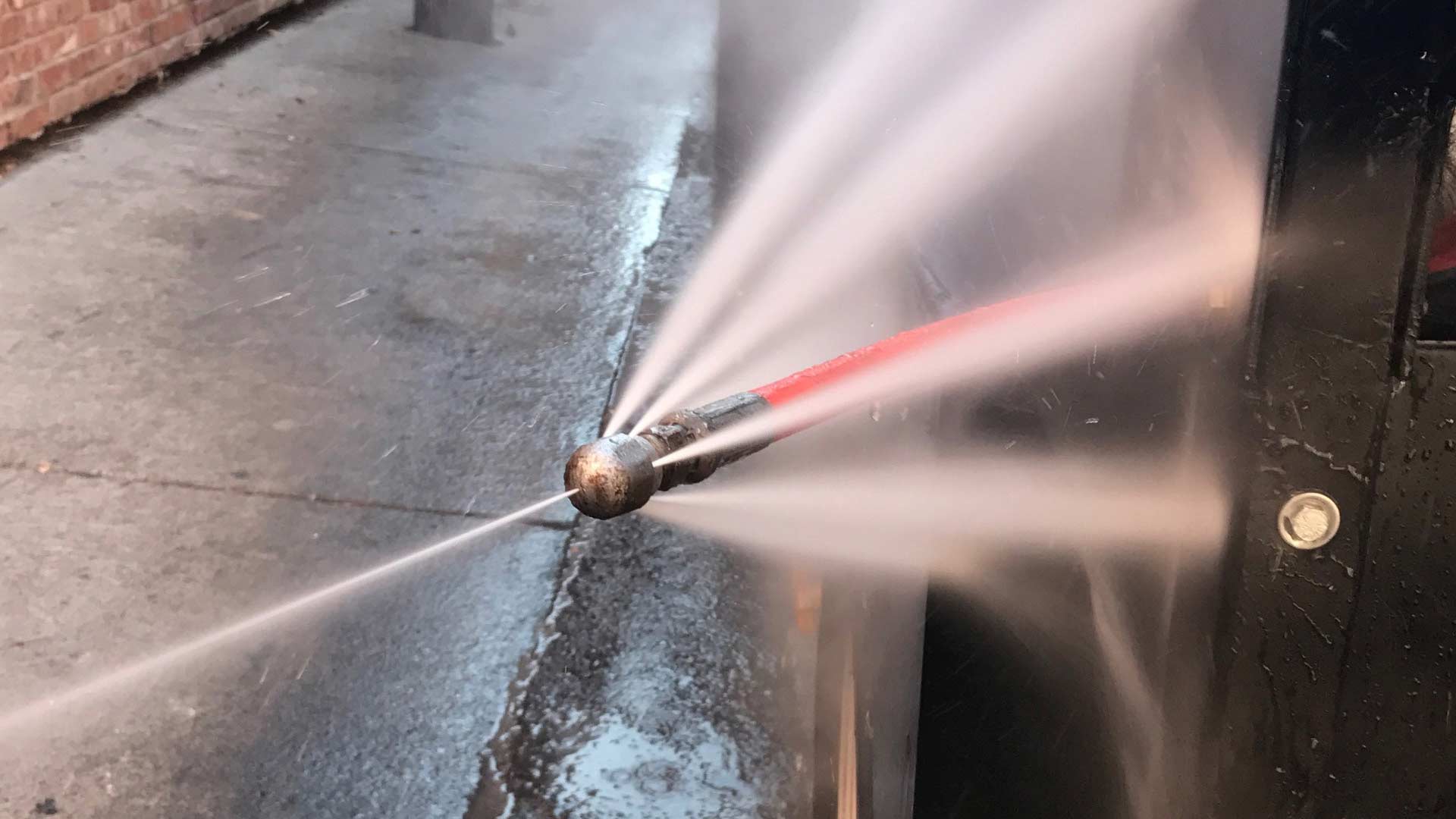
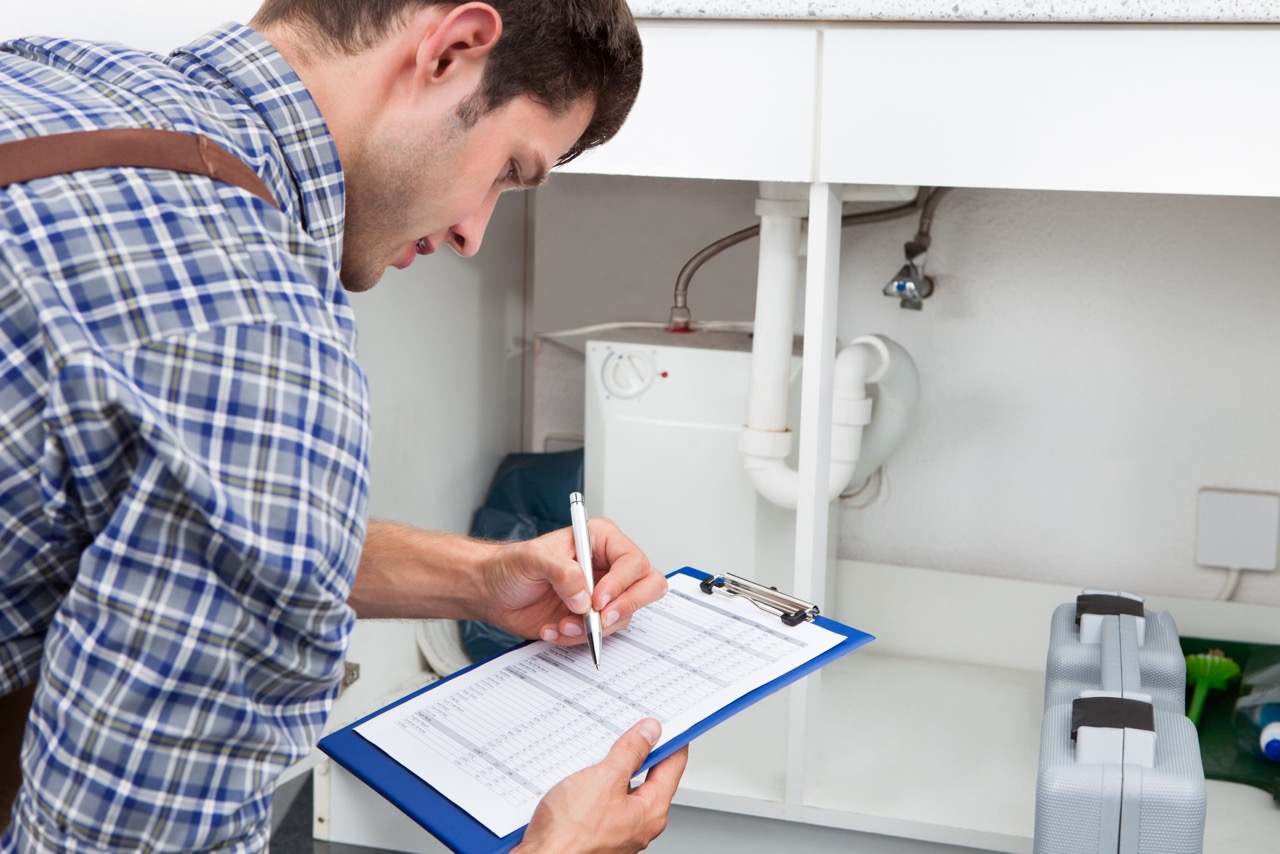
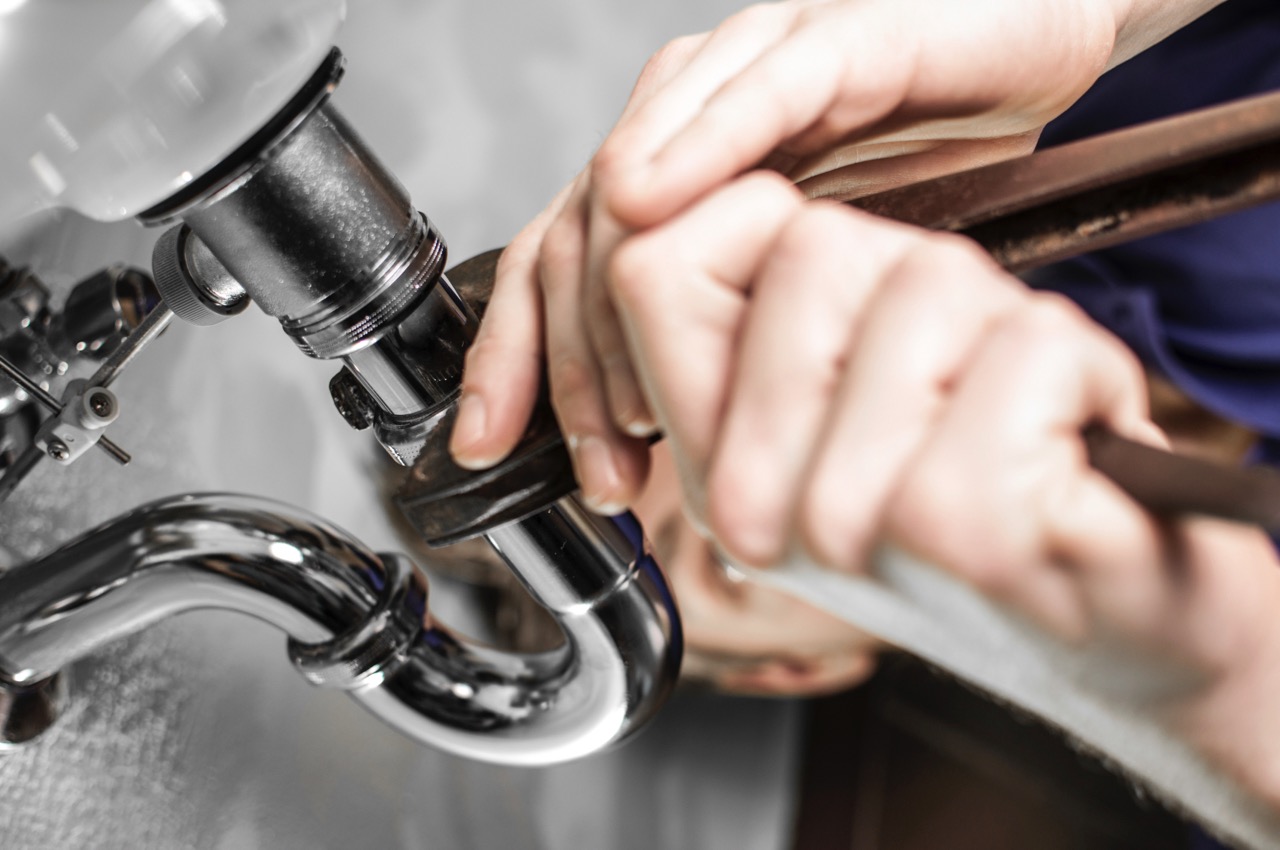
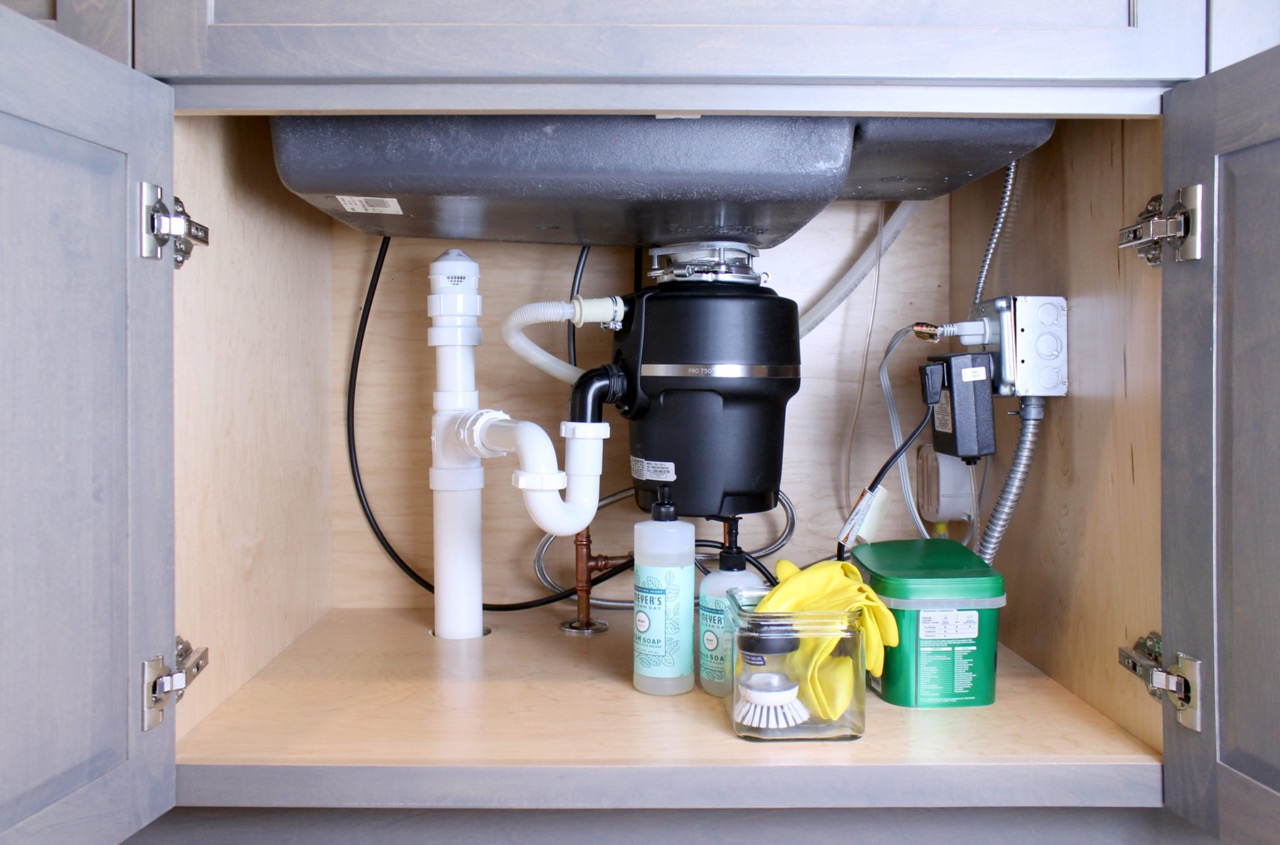

0 thoughts on “What Is A Clean Out For Plumbing”